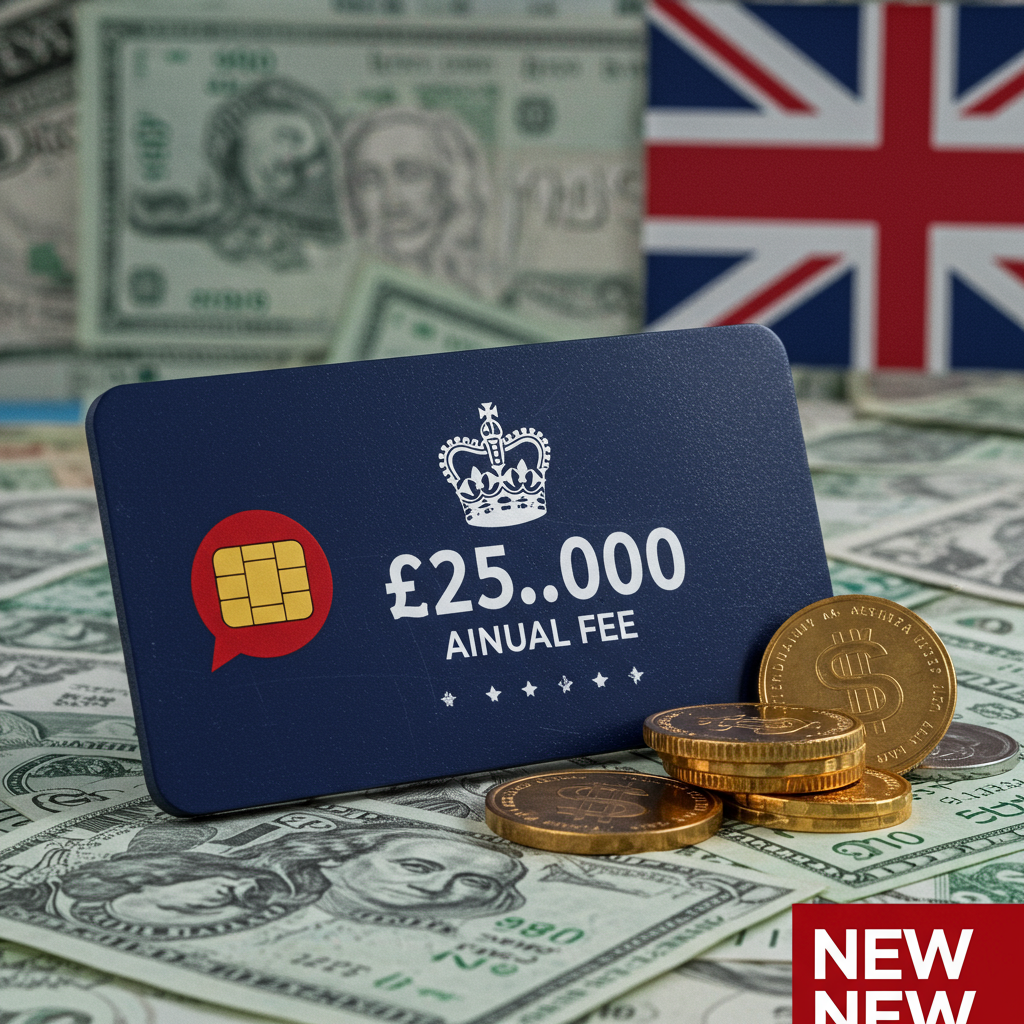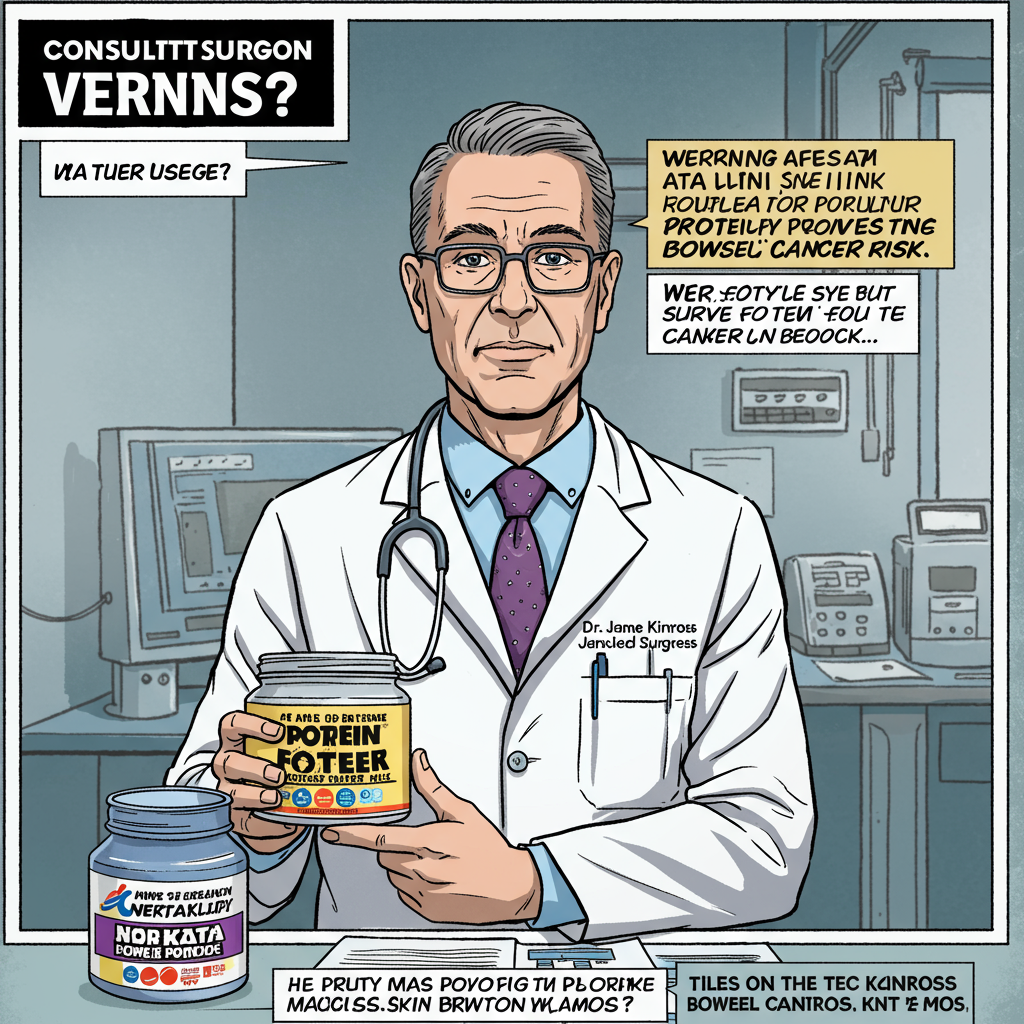Across the United States, millions of demonstrators took to the streets in widespread protests on the same day President Donald Trump hosted a rare military parade in Washington D.C. Organized by groups like “No Kings” and the “50501 Movement” (representing “50 states, 50 protests, one movement”), the rallies aimed to challenge the Trump administration’s policies and actions, which organizers described as increasingly authoritarian.
A Day of Dual Events
The nationwide demonstrations served as a direct counterpoint to the military spectacle unfolding in the capital. While thousands of uniformed soldiers, dozens of tanks and military vehicles, and aircraft participated in the parade down Constitution Avenue, protesters gathered in hundreds, possibly thousands, of locations across the country, from major cities like New York and Los Angeles to smaller towns and plazas.
The “No Kings” moniker adopted by the protesters reflected their central critique: that President Trump was overstepping the traditional boundaries of presidential power. Participants voiced a range of grievances, including recent federal immigration enforcement raids, perceived threats to democracy, staffing cuts at public health agencies, ruling by executive order, erosion of free speech, and the targeting of people of color. Signs and symbols at the protests included American flags (some flown upside down), Mexican flags, anti-authoritarian chants, and creative effigies mocking the President.
The Military Spectacle in Washington D.C.
Meanwhile, in Washington D.C., the military parade proceeded despite cloudy conditions and the forecast of rain. The event was timed to coincide with the 250th anniversary of the U.S. Army and President Trump’s 79th birthday. President Trump observed the display, which included a 21-gun salute and military flyovers, speaking briefly to thank the service members involved. “Our soldiers never give up,” he stated. “They fight, fight, fight. And they win, win, win.”
The parade, something President Trump had reportedly desired since seeing a similar event in Paris, was met with criticism from some politicians and former military leaders who labeled it a costly “vanity project.” Estimates for the event’s price tag ranged from $25 million to $45 million. Conversely, many attendees saw the parade as an important opportunity to celebrate and honor the military, with some veterans noting they had not received such recognition upon returning from past conflicts like Vietnam. For younger veterans, it offered a glimpse of a tradition less common during their service era, prompting calls for similar recognition for all branches.
The scale of the D.C. parade was notably smaller than the last major U.S. military parade, held in 1991 after the Gulf War victory, which drew hundreds of thousands.
Clashes and Concerns
While many protests remained peaceful, the day was marked by instances of confrontation and violence. In Los Angeles, where National Guard troops had been deployed the previous week following protests against immigration raids, police used tear gas and crowd-control measures, including batons wielded by mounted officers, to disperse protesters after the formal rally concluded. Similar police action involving tear gas occurred in Portland near an ICE building.
Security concerns also led to disruptions. In Minnesota, Governor Tim Walz urged people to avoid protests after two Democratic state lawmakers and their spouses were shot, resulting in two deaths in what the governor called a “politically motivated assassination.” Flyers related to the “No Kings” event were later linked to the shooting suspect. In Austin, Texas, a “credible threat” against lawmakers attending a rally briefly shut down the state Capitol grounds before the event proceeded outside. Disturbingly, in Culpepper, Virginia, an SUV intentionally accelerated into protesters leaving a rally, injuring one person.
Broader Context and Reactions
The day’s events unfolded amid ongoing debates surrounding the administration’s policies, particularly on immigration. Despite the large anti-Trump turnout, recent polls like a CBS/YouGov survey indicated that President Trump’s policies on deporting immigrants residing in the U.S. illegally held broad public approval (54% approval vs. 46% disapproval), with a plurality feeling safer and believing dangerous criminals were being prioritized. However, data analysis also revealed a significant increase in ICE arrests and detentions of immigrants with no criminal history since the start of the second term.
The optics of soldiers parading in Washington D.C. while troops were simultaneously deployed to manage protests in Los Angeles highlighted the stark political polarization of the moment, with one security expert noting the current immigration debate “overhangs” the parade in an unintended way.
Beyond the protests and the parade, other news surfaced, including reports of a shift in ICE’s deportation strategy away from farm and hotel raids, concerns raised by experts about U.S. pandemic preparedness and the potential targeting of other vaccines, and the administration dropping potential fines against a private prison operator over the use of a toxic disinfectant.
Ultimately, the day showcased a deeply divided nation, with a government display of military strength met head-on by widespread public dissent reflecting a wide array of grievances and concerns about the direction of the country.



